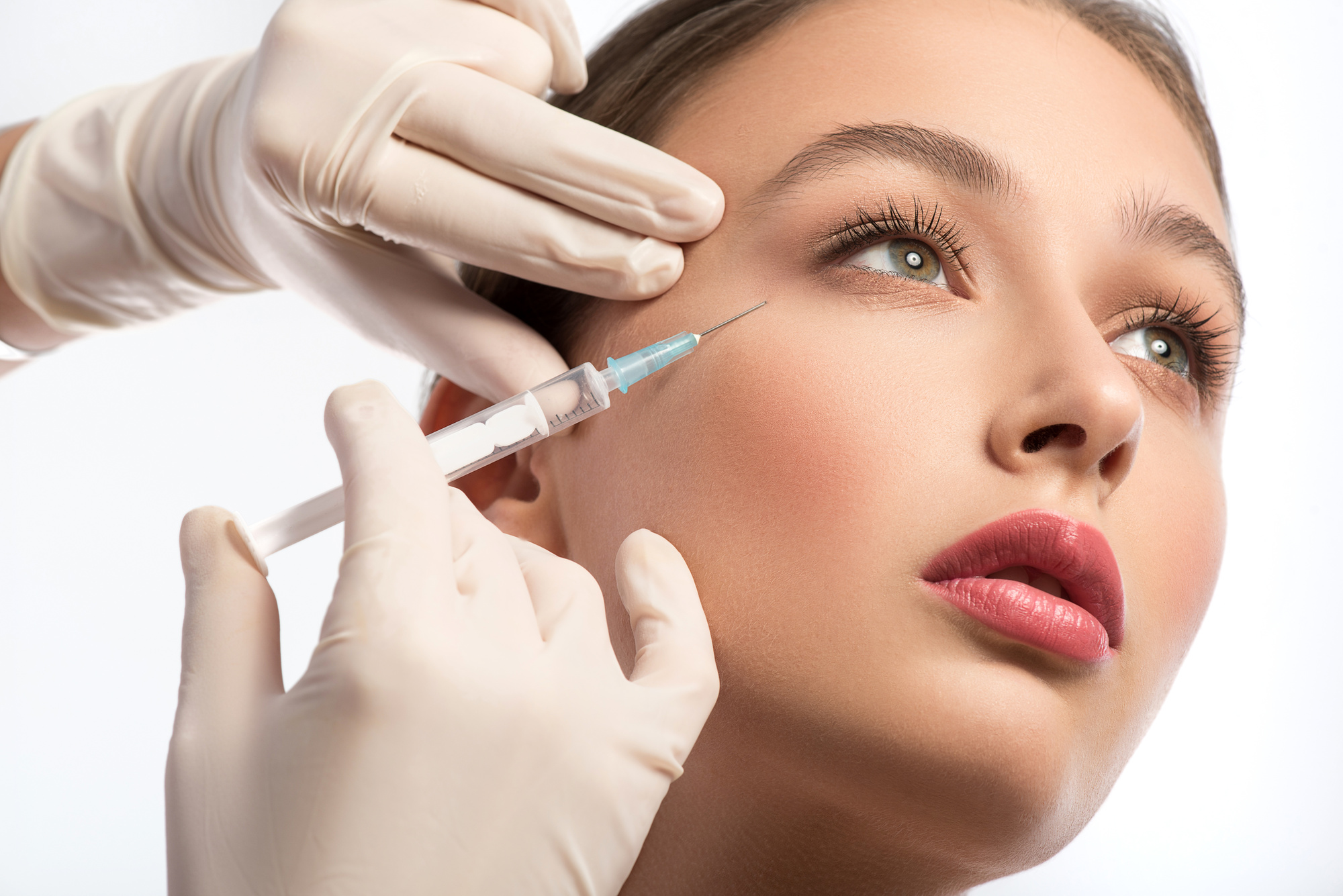Botulinum toxin injections (Botox) are now the most popular non-surgical aesthetic treatment. One must know all the facts about the procedure before taking part. Botox has never ceased to give rise to criticism. It is used to fight against skin aging, thanks to botulinum toxin. It constricts the muscle contractions that cause wrinkles, stopping wrinkles at their source.
Wrinkles form when we contract the facial muscles to smile or squint your eyes, for example. It is the repeated use of these muscles that can, among other things, lead to the formation of wrinkles. The effect of botulinum toxin is temporary, and injections should be repeated every few months.
Botox has been derived from botulinum toxin produced by the bacterium causing botulism – a form of food poisoning often fatal. Botulism kills its victims by paralyzing the respiratory muscles, which causes asphyxiation. But an injection of Botox contains no bacteria: on the other hand, it contains a tiny amount of a chemical compound produced by the bacteria. Botox treatments are safe and were originally used in the 1980s to treat eye disorders, including strabismus and uncontrolled blinking.
Cosmetic procedures should only be carried out by certified professionals who have credible experience. A prime example remains Dr. Chloé Sylvestre, who is a graduate of the College of Physicians of Canada and holds a doctorate in Medicine from the University of Montreal. Dr. Chloé is also a member of the Canadian Association of Aesthetic Medicine.
The Canadian cosmetician has over ten years of experience handling different sort of cases. As a matter of fact, Dr. Chloé has treated more than 50,000 cases in here clinic using advanced cosmetic medicine techniques. Throughout her career, she has also helped the study and research of cosmetic medicine, introducing innovative techniques, teaching methods, and facilitating specialists in this field.
Botox is useful for reducing wrinkles
Botox injections reduce facial lines and wrinkles in two weeks. Two large studies have concluded that Botox injections improve the appearance of the forehead or eyebrow wrinkles.
The peak effect is observed 30 days after injection, while 80% of patients have little or no furrows trying to make a sad expression. The results usually last less than four months, and at this point, patients need new injections.
However, there is a cumulative effect. People who receive regular injections may see more lasting results. Most common side effects are headaches and a temporary appearance of fatigue (caused by drooping upper eyelids). Both tend to decrease with repeated treatments.
The use of Botox and Collagen works better together
Most dermatologists and plastic surgeons use Botox or collagen to treat deep wrinkles. However, according to recent studies, they could get a better result by using both at the same time.
A study of 65 patients indicated that people who received combination therapy had a significant improvement in wrinkles on the forehead compared to those who received only Botox or collagen. Moreover, three months after the injection, the patients who received the combination maintained better results than the others.
Some people develop Botox immunity
This is very, very rare. However, repeated treatments of Botox can force the body to produce antibodies, proteins that identify foreign objects like Botox as negative organisms to be counterpoised.
This reduces the effectiveness of subsequent treatments, not only for wrinkles and forehead lines but also for other non-cosmetic uses of Botox, such as underarm profuse sweat treatment. The more injections are frequent, and the higher the dose, the more likely your body will develop antibodies.

Leave a Reply